Entry Category: Physical Geography
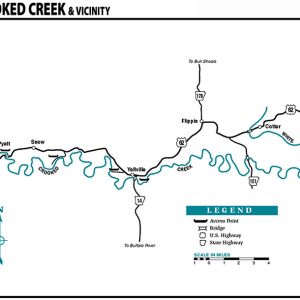 Crooked Creek Map
Crooked Creek Map
 Crossroads School
Crossroads School
 Crossroads Store
Crossroads Store
Crystal Hill (Pulaski County)
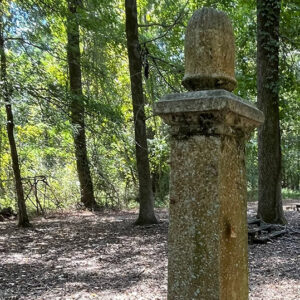 Cumby Grave
Cumby Grave
Current River
 Dam Protesters
Dam Protesters
DeGray Dam and Lake
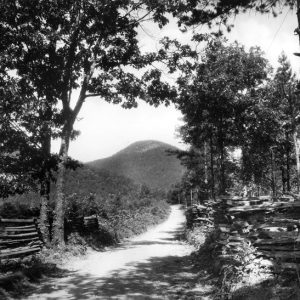 Eagle Mountain
Eagle Mountain
Earthquakes
Eleven Point River
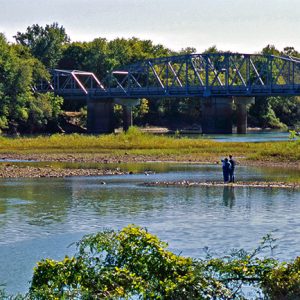 Eleven Point River
Eleven Point River
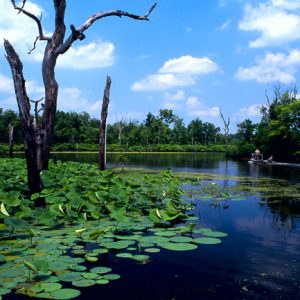 Felsenthal National Wildlife Refuge
Felsenthal National Wildlife Refuge
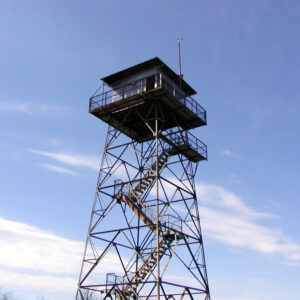 Fire Tower
Fire Tower
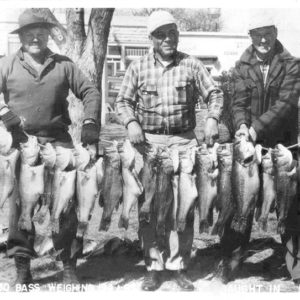 Fishermen
Fishermen
Floods
Fourche Creek
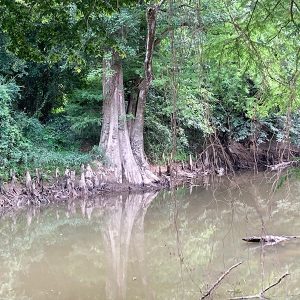 Fourche Creek
Fourche Creek
 Fourche Creek
Fourche Creek
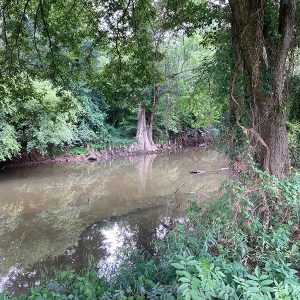 Fourche Creek
Fourche Creek
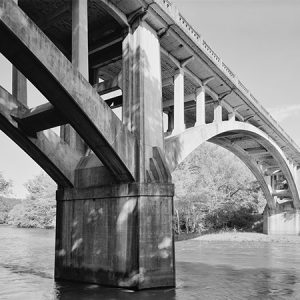 Fourche La Fave Bridge
Fourche La Fave Bridge
Fourche La Fave River
Fourche River
Galley Rock
aka: Galla Rock (Pope County)
Geographical Center of Arkansas Marker
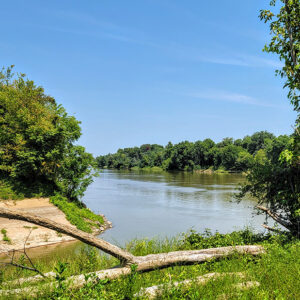 Georgetown River Access
Georgetown River Access
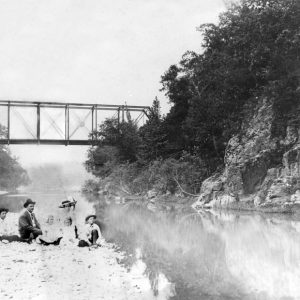 Glenwood Railroad Bridge
Glenwood Railroad Bridge
Gold Mine Springs Mines
 Gold Mine Springs Mines
Gold Mine Springs Mines
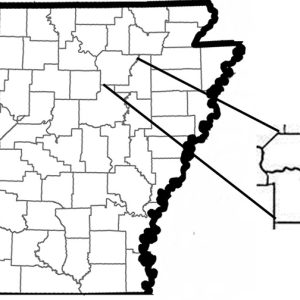 Gold Mine Springs Mines Location
Gold Mine Springs Mines Location
Grand Prairie
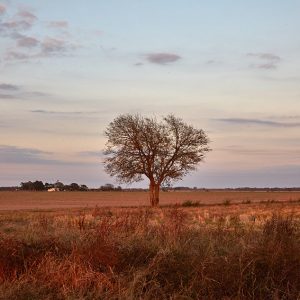 Grand Prairie
Grand Prairie
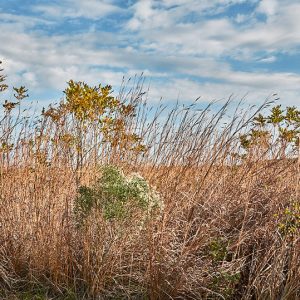 Grand Prairie Grassland
Grand Prairie Grassland
Hell’s Half Acre
 Hemmed-in-Hollow
Hemmed-in-Hollow
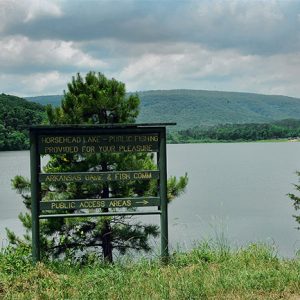 Horsehead Lake
Horsehead Lake
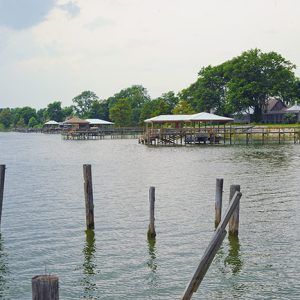 Horseshoe Lake
Horseshoe Lake
 Hot Springs National Park
Hot Springs National Park
Hurricane Lake
 Hurricane River Cave
Hurricane River Cave
Illinois River
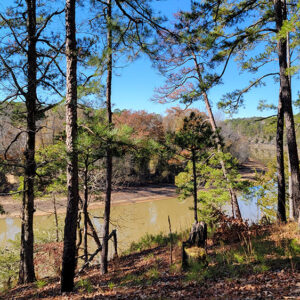 Irons Fork Recreation Area
Irons Fork Recreation Area
Karst Topography
Kings River
 Kings River
Kings River
L’Anguille River
 Lake Atkins
Lake Atkins
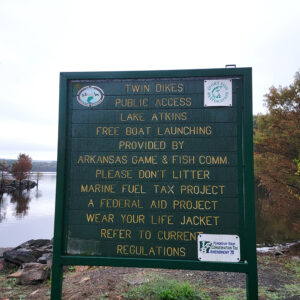 Lake Atkins Boat Launch
Lake Atkins Boat Launch




